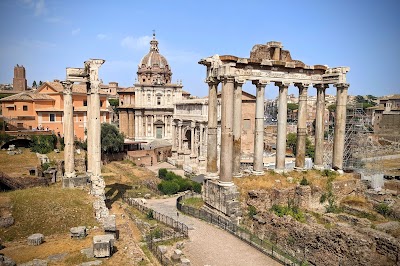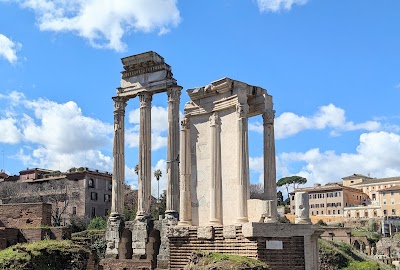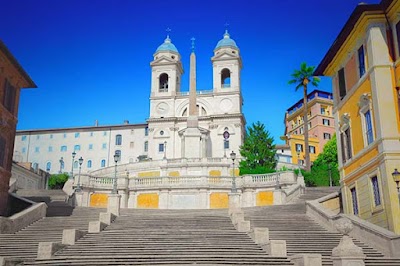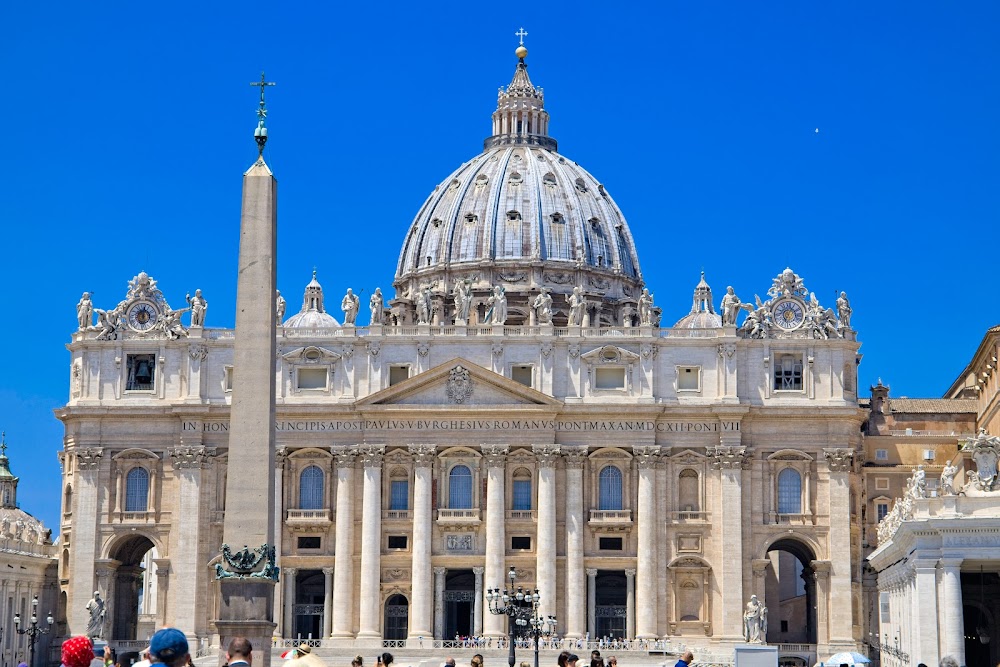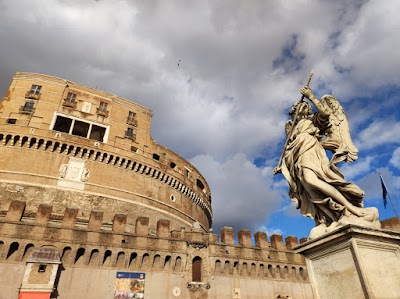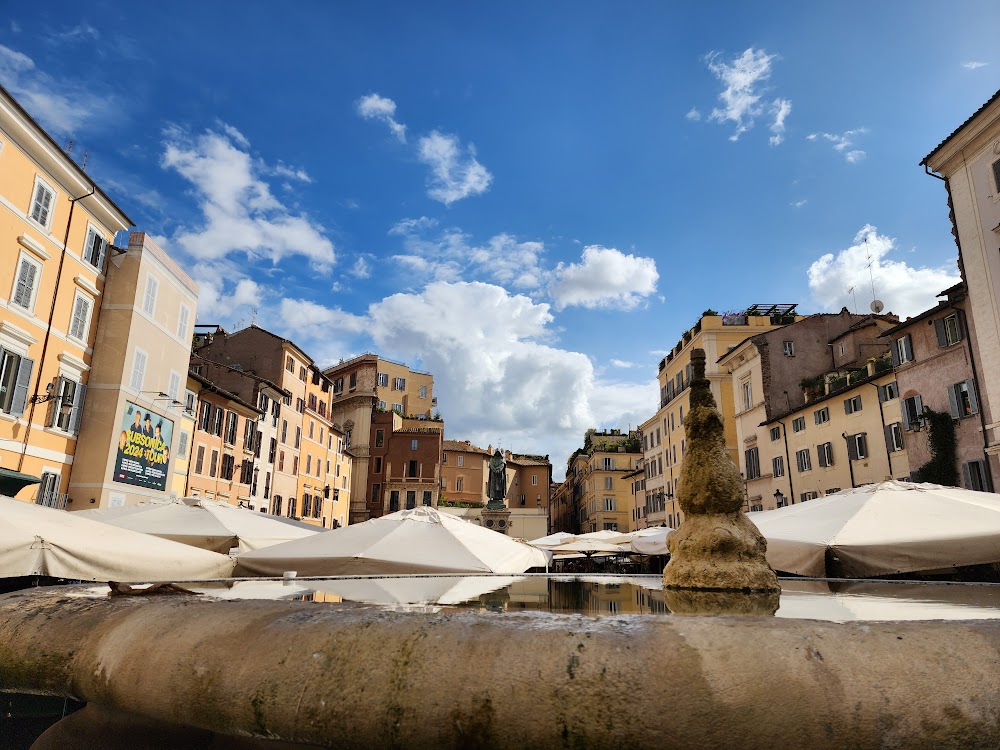Roman Forum (Foro Romano)
Overview
The Roman Forum, known in Latin as Forum Romanum, is one of Rome, Italy's most treasured archaeological sites. This expansive plaza, encircled by the ruins of significant ancient government buildings, once served as the vibrant heart of everyday life in ancient Rome. For centuries, it was the stage for public speeches, criminal trials, gladiatorial matches, and bustling marketplaces. As the epicenter of Roman public life, the Forum played a crucial role in major political events, making it an essential landmark for anyone intrigued by the rich history of Rome.
The history of the Roman Forum dates back nearly 3,000 years, originally starting as a marshy burial ground. In around the 7th century BC, the area was drained, marking the beginning of its transformation into a public meeting space. Over time, it evolved into the sprawling complex we see today, adorned with temples, basilicas, and lively public spaces. At its zenith, the Forum was the political, social, and religious nucleus of the Roman Empire, attracting citizens from all walks of life.
Among the notable structures within the Forum is the Temple of Saturn, one of Rome's oldest buildings, dating back to 497 BC. Dedicated to the god Saturn, it functioned as the Roman Republic's treasury and still stands today with its iconic eight surviving columns. Another significant landmark is the Arch of Titus, constructed in AD 81 to commemorate Emperor Titus's victory in the Siege of Jerusalem. This triumphal arch is richly adorned with reliefs depicting the spoils of war, serving as a vivid testament to Rome's might.
Equally impressive is the Curia Julia, the third Senate House, which remains extraordinarily well-preserved. This structure served as the meeting place for the Roman Senate and has been beautifully restored, offering a glimpse into the political heart of ancient Rome. Visitors can step inside to marvel at its historical significance and architectural grandeur.
Another fascinating feature of the Forum is the Temple of Vesta, renowned for its circular shape and significance in housing the sacred fire of Rome. The Vestal Virgins, a group of priestesses, were responsible for maintaining the eternal flame as a symbol of Rome's endurance. Adjacent to it lies the House of the Vestal Virgins, where these priestesses lived, and you can explore the ruins of their once opulent quarters.
The Rostra is yet another captivating site within the Forum. This large platform served as the oratorical stage from which leaders and officials addressed the public. The significance of the Rostra cannot be overstated, as it’s where Mark Antony famously delivered his eulogy after Julius Caesar's assassination. Indeed, the Forum is also the site of Julius Caesar's cremation, with the remains of the Temple of Caesar erected in his honor still visible.
Do not overlook the Basilica Julia, a vast building originally constructed under Julius Caesar's rule and completed by Emperor Augustus. It served various functions, including hosting legal proceedings and public meetings. The remains of this grand structure, complete with enormous columns and marble floors, paint a vivid picture of its past splendor.
As you explore the Roman Forum, you’ll also encounter the Via Sacra, or the "Sacred Road." This main street of ancient Rome cuts through the Forum and was the route taken by emperors, victorious generals, and their armies during triumphant processions. The Via Sacra still preserves the grandeur and hustle of ancient Rome, offering a tangible connection to the past.
Beyond these historic sites, the Forum's open-air layout invites leisurely strolls, with countless ruins to discover and photograph. Each corner holds stories of legendary figures like Caesar and Cicero, transforming the Forum into an extraordinary open-air museum that recounts Rome’s illustrious history.
For tourists, the Roman Forum is an essential attraction when visiting Rome. To enhance your experience, consider hiring a local guide or using an audio guide, as these resources provide valuable insights and breathe life into the ruins. Early morning or late afternoon visits are recommended to avoid crowds and take advantage of softer lighting for photography.
In conclusion, the Roman Forum is not merely a collection of ancient ruins; it offers a remarkable journey back in time that illustrates the grandeur of ancient Rome. Its historical, political, and architectural significance continues to captivate visitors from around the globe. Whether you're a history enthusiast, an architecture lover, or simply a curious traveler, the Roman Forum promises an unforgettable experience that bridges the present with a magnificent past.


